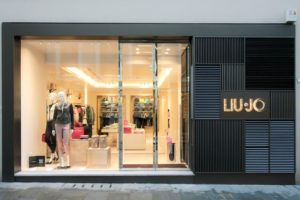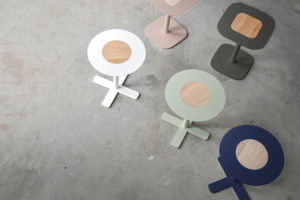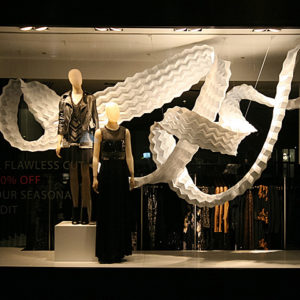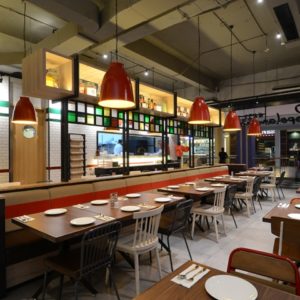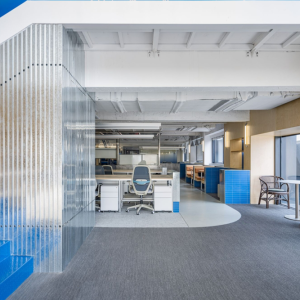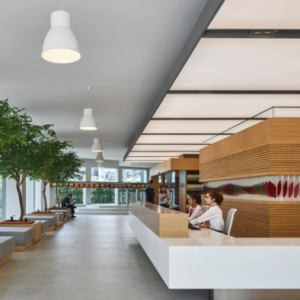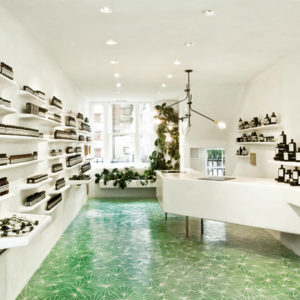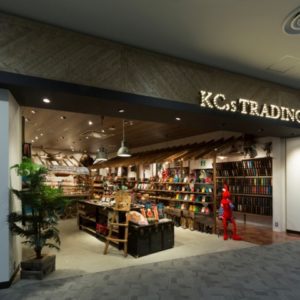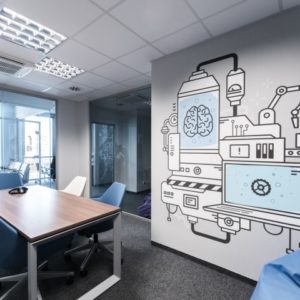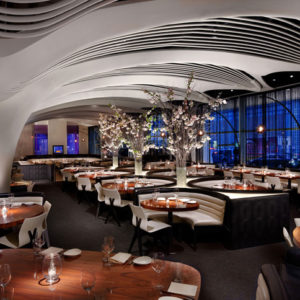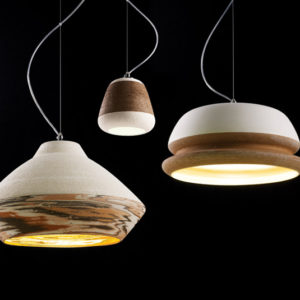
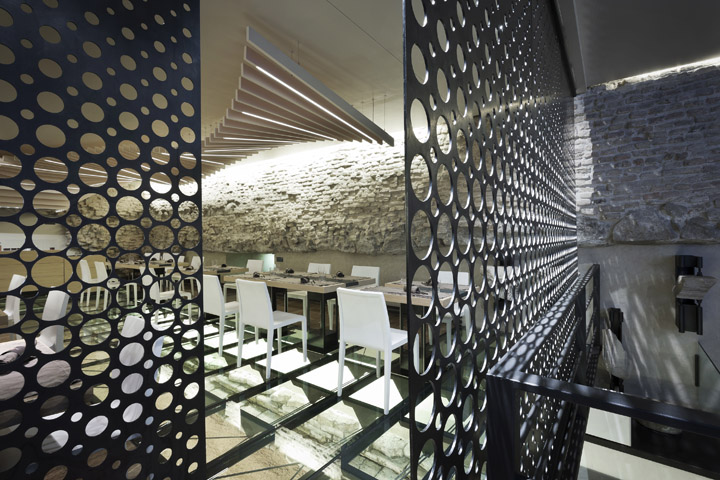

Located within the historical and fascinating surroundings of a roman ruin the restaurant shares the building with a Michelin starred restaurant Gellius under the same chef (Alessandro Breda). Italian food cooked on a Tepenyaki. This dining concept stark contrast to the sister restaurant and the interior needed to reflect this alternative cooking and eating experience. Full height laser cut metal screens provide a visually permeable edge to the restaurant. Through their changeability various spatial configurations and ambiances can be achieved.
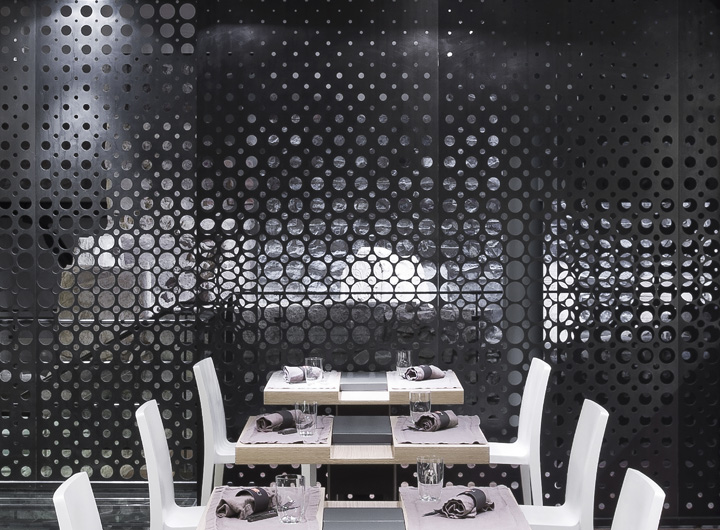
The perforated geometry is intentionally variegated in size to direct the view towards archaeological artefact in the background. Italian dishes cooked on a Teppanyaki by the restaurant’s Michelin starred Chef involve the customers into the cooking experience. The tables have been specially designed for the restaurant and consist of interchangeable elements that allow the table setting to be seamlessly adjusted as the meal progress.

The lighting installation has been located to mirror and respond to an existing glass opening in the floor that exposes the roman ruins to the diners. Narrow at the entrance and wider towards the back it sweeps down lower over the Teppanyaki. Incorporating the ventilation system while leading the eye of the diners to the main focal point of the Teppanyaki.
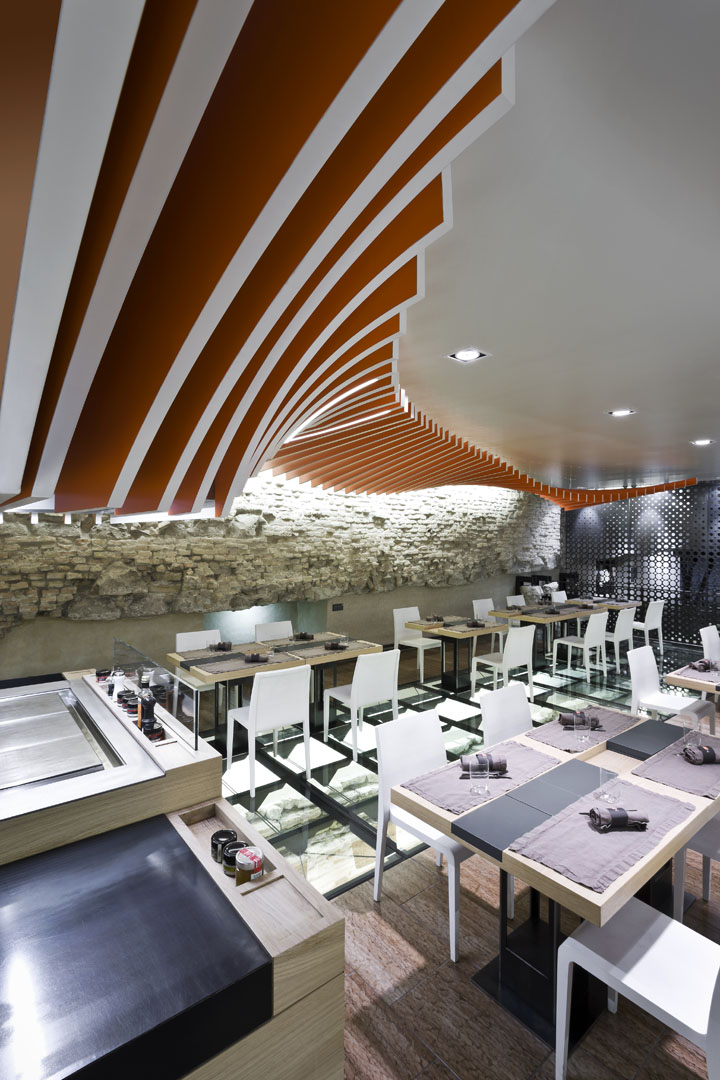
The installation twists to light up the roman wall on one side and the main restaurant space on the other. The strip elements are finished in different colours (restaurant’s logo colour) on either face giving a subdued atmosphere from one side and an exciting more modern feel from the other side.
Architect: Alessandro Isola & Supriya Mankad from I M lab
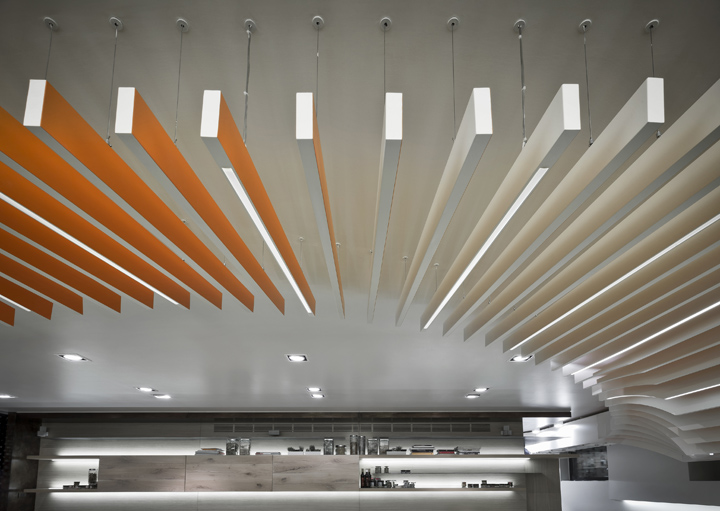
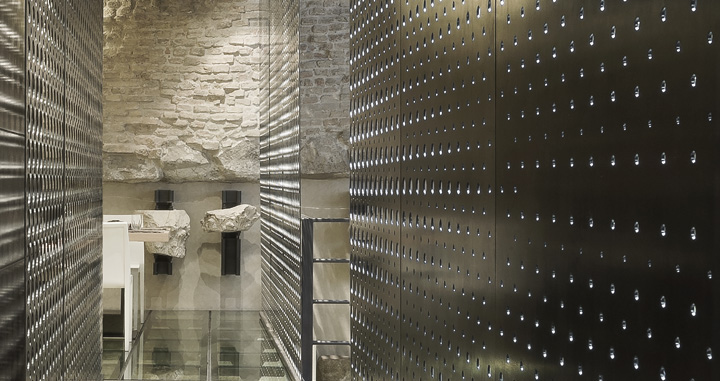
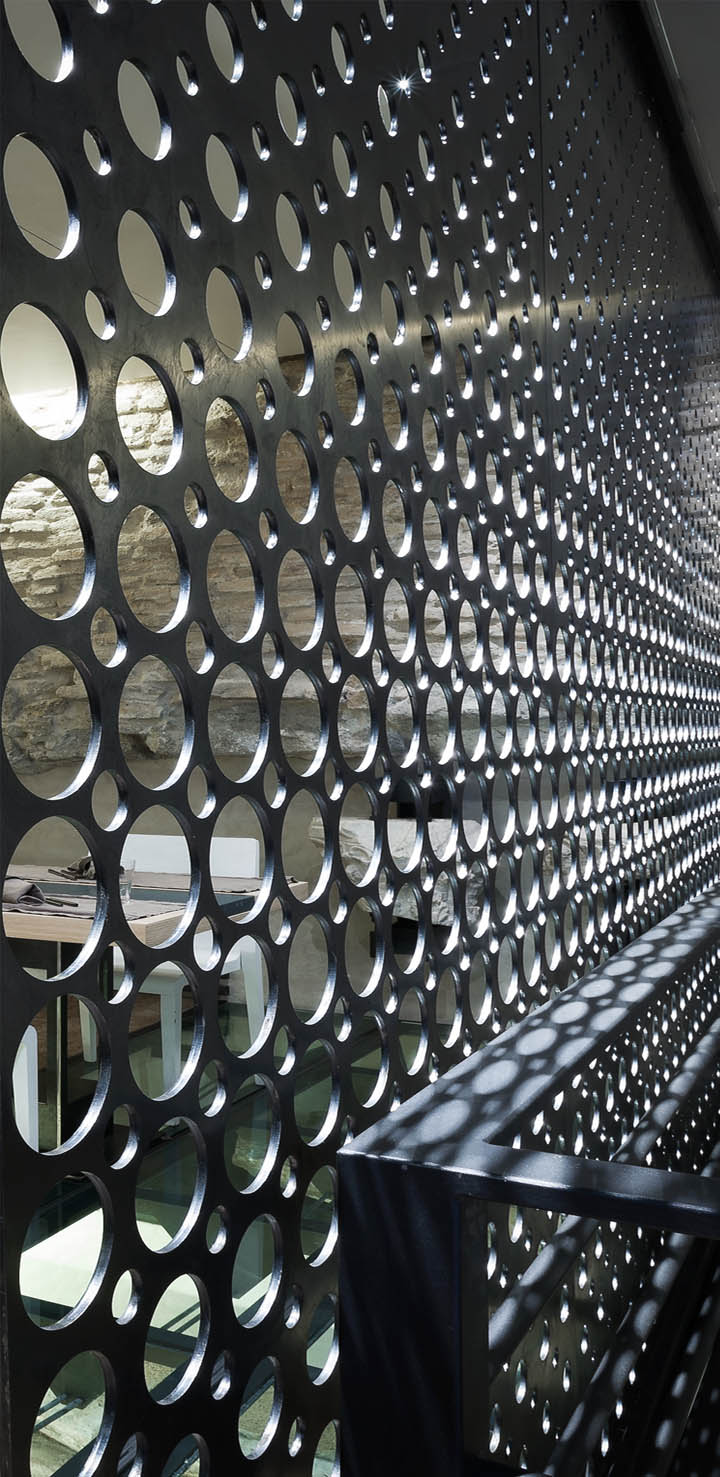
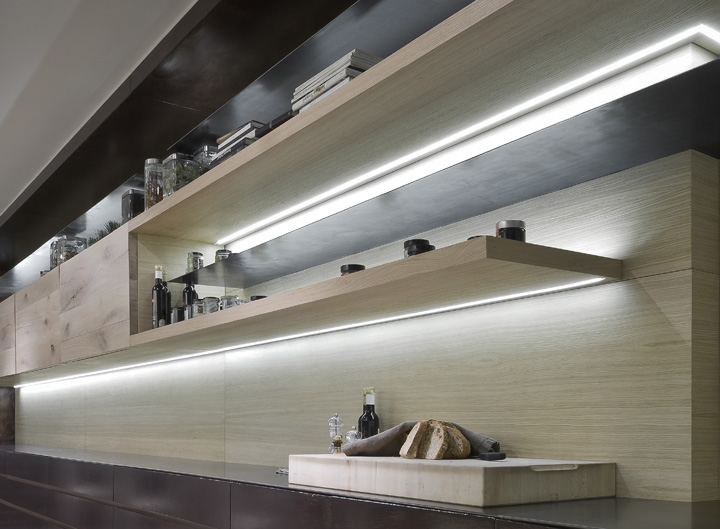
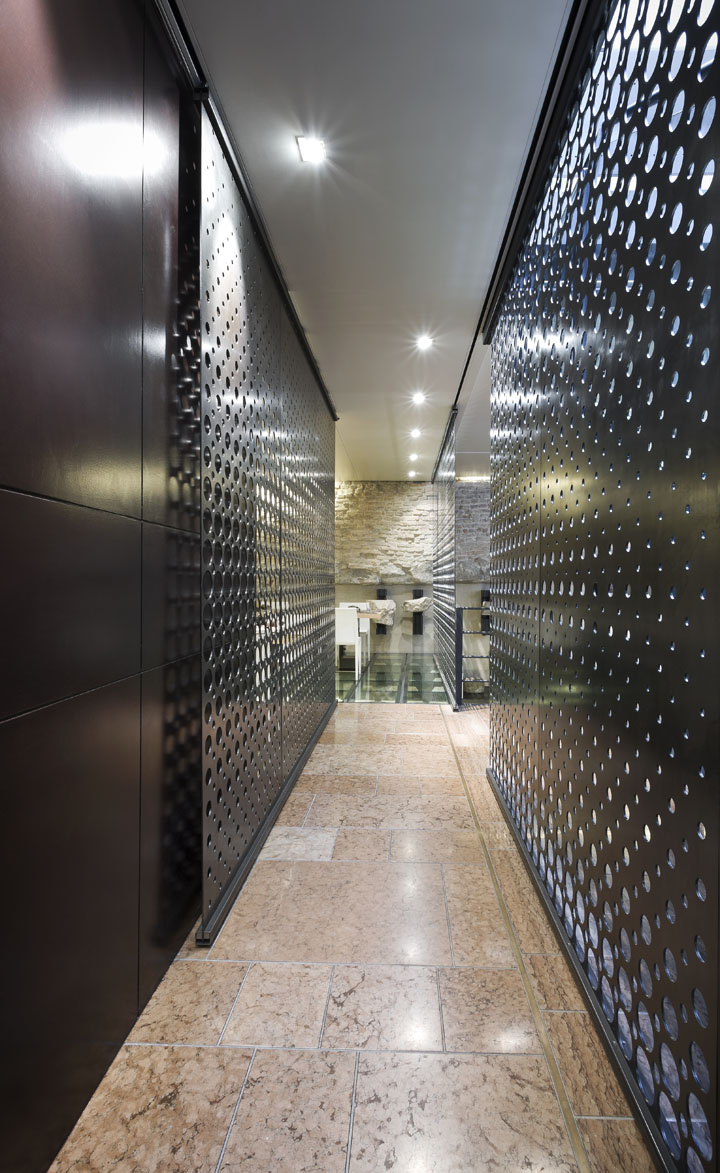
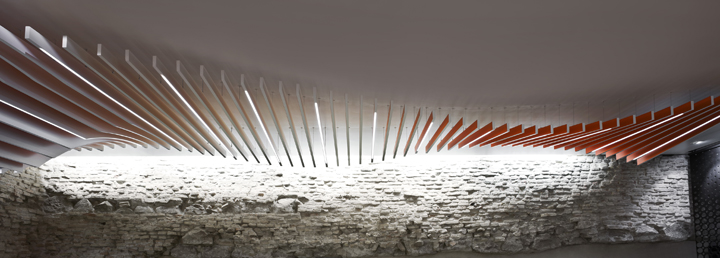
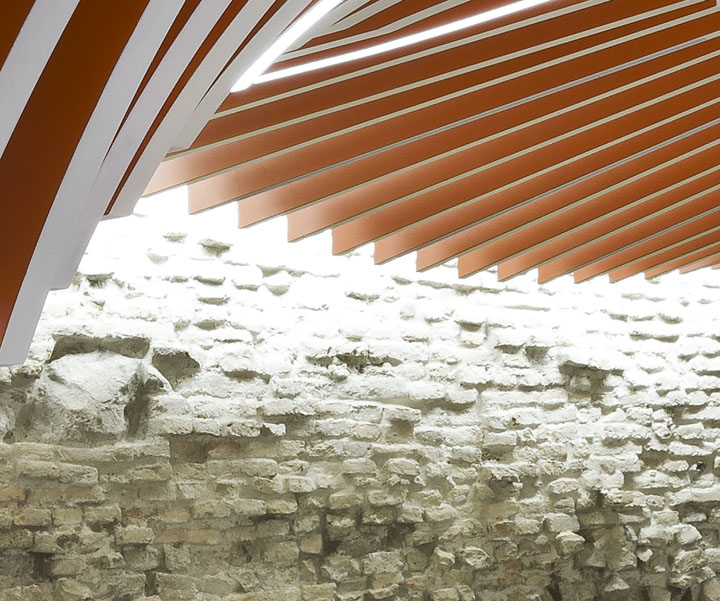


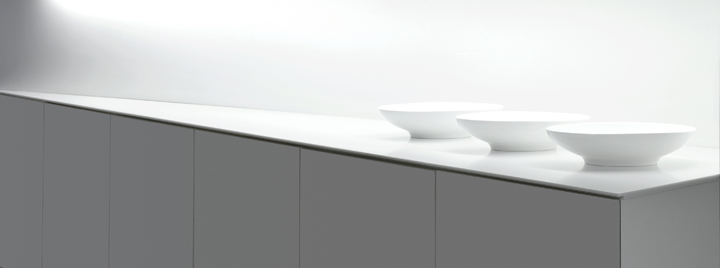
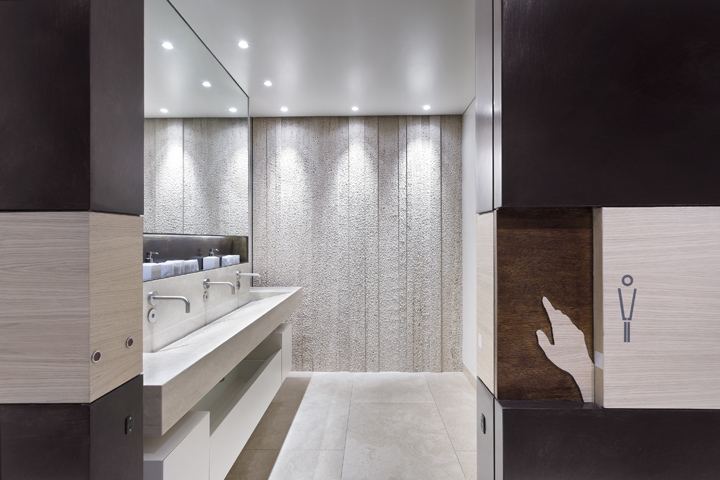


















Add to collection
